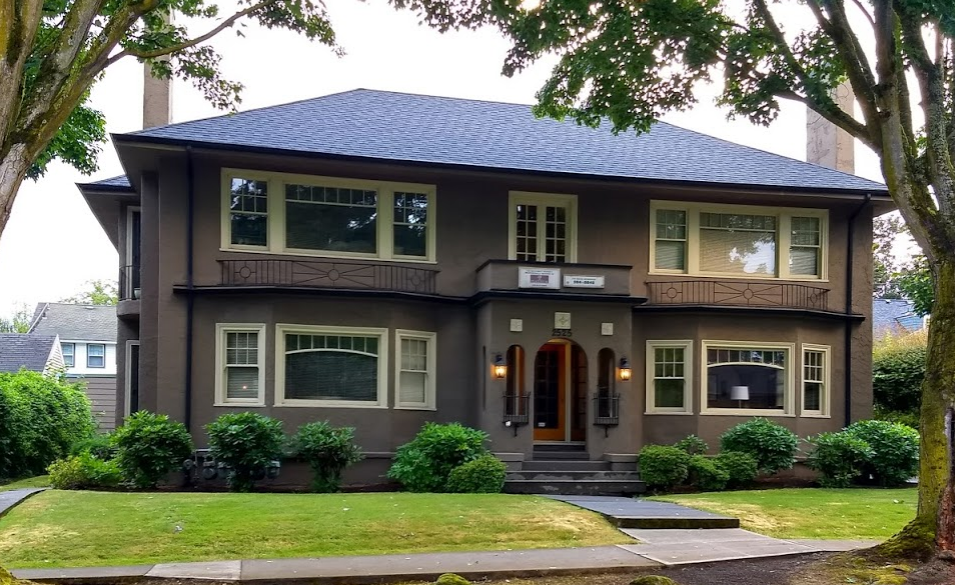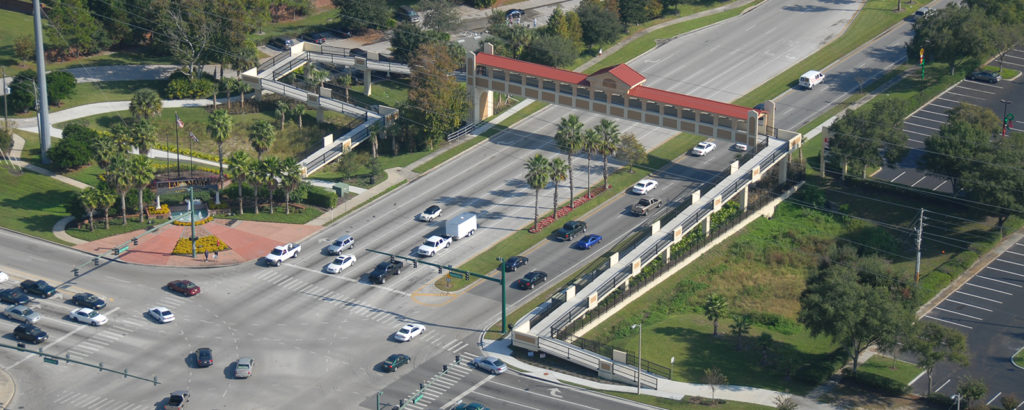What City Observatory did this week
1. Manufacturing consent for highway widening. In the early days of freeway battles, state highway departments were power blind and tone-deaf, and citizen activists often triumphed in the court of public opinion. In the past several decades though, highway builders have become much more adept at manipulating the process of “citizen involvement,” to project an image of widespread support and to stifle, outlast and ignore opposition.
2. Why one long-time Portland transit leader is opposing Metro’s $5 billion transportation plan. We’re pleased to publish a guest commentary from GB Arrington, one of the veteran architects of Portland’s transit system. He argues that Portland Metro’s proposed bond measure, to be voted on in November, is a wasteful and ineffective investment, guided largely by political considerations rather than sound planning objectives. Arrington writes:
TriMet and Metro lost sight of their job to deliver livability to the region’s citizens. Going along with political backslapping and road building is not what made the region stand out as a global model of livability. Pursuing political business as usual is a sure- fired recipe for making Portland more like sprawling auto-oriented Houston than the Portland we have long worked and aspired to be.
3. Is there anything smart about “smart cities?” One of the most popular urbanist buzzwords is “smart cities,” a coinage and a line of thought that implies that there’s no urban problem that can’t be tackled by some combination of technology and big data. Color us skeptical. Policy makers routinely ignore the unambiguous “small data” that’s already at hand, and some of our worst problems stem from a lack of imagination and ambition, rather than a lack of data. To the contrary, “big data” is often wielded by the existing institutions (like state highway departments) to create an illusion of scientific validity for projects that make our transportation problems worse (and our cities less livable).
Glib and self-serving claims about new technologies (we’re looking at you Elon) often become an excuse for policy makers to ignore tangible if prosaic challenges (like running buses and legalizing housing) in favor of hopes that computer renderings will magically materialize and obviate these problems.
Must read
1. How cities come back from disaster. In the midst of a pandemic, widespread protests about police brutality and racism, its hard to see a clear way forward. Fear and pessimism are leading many to predict (falsely in our view, see above) an urban exodus. Writing at The Atlantic, Derek Thompson takes a longer and more optimistic view. Cities have experienced cataclysms and disasters before, and rather than extinguishing urban settlement, they’ve generally prompted innovation and change. The epidemics of the 19th Century led to much improved sanitation, urban parks and more robust public health systems. Thompson argues that Covid-19 will be another catalyst to innovation. He has his own theories about what those innovations will be, and we might even end up making cities even better than they were before the pandemic:
Altogether, this is a vision of a 21st-century city remade with public health in mind, achieving the neat trick of being both more populated and more capacious. An urban world with half as many cars would be a triumph. Indoor office and retail space would become less valuable, outdoor space would become more essential, and city streets would be reclaimed by the people.
2. Still missing in Minneapolis: Missing Middle Housing. Last year, with great fanfare in housing policy wonkdom, Minneapolis “abolished” single family zoning and allowed the construction of triplexes in most areas zoned for single houses. Nearly a year on, CityPages reports the fruit of the policy breakthrough: three new triplexes. So far, at least, not the housing supply avalanche that proponents hoped and opponents feared. Writing at Strong Towns, Daniel Herriges downplays the shortfall, reminding us that the rezone was “necessary, but not sufficient” to get more housing. It’s still the case that triplexes are subject to the same setback requirements and lot coverage limits that applied to single family homes, which may leave precious little room to squeeze in a triplex or even a duplex.

Portland’s new Residential Infill Project anticipated these challenges, creating incentives for building more units. The Minneapolis experience is a reminder that single-family zoning is much more than the headline in the zoning code, their are myriad details, from height limits, to setbacks, to floor-area-ratios, to parking requirements to design review that effectively determine what can be built.
New Knowledge
The power and persistence of long-distance migrants on economic prosperity. Our studies at City Observatory have stressed the important role that talented young people moving to cities have on regional economic success. A new study that looks backwards at the patterns of migration within the US confirms that places that attract new residents, particularly from long distances, experience significant and enduring economic gains. Viola von Berlepsch and Andrés Rodríguez-Pose studied the patterns of internal migration in the US in the late 19th Century and traced out the economic performance of regions through the 20th Century. They find that counties that attracted high numbers of migrants, particularly from far away tended to have stronger economic performance than those counties that attracted relatively few migrants from distant locations. Specifically, levels of per capita income in 2010 are positively correlated with the distance that migrants traveled to a county in 1880, controlling for a wide range of other factors.
The idea that openness to newcomers can catalyze growth is not a new one; what’s striking about this study is how the patterns of openness a century ago are still reflected in the variations in economic performance today.
. . . internal migrants having crossed state-lines between their birth state and destination exert a significant and positive long-term impact on the economic performance of the receiving regions. They leave a trace which is still evident more than 100 years after the settlement took place. Counties that attracted a large share of domestic migrants around the turn of the 20th century have become and remain more prosperous in 2010 than those largely bypassed by internal out-of-state migration streams . . . the bigger the distance travelled, the greater the positive long-term economic legacy. Counties that drew a large number of long-distance migrants around the turn of the 20th century have been more dynamic over the next century.
von Berlepsch, Viola and Rodríguez-Pose,Andrés (2019) The missing ingredient: distance internal migration and its long-term economic impact in the United States. Journal of Ethnic and Migration Studies.
In the News
Thanks to Streetsblog and Strong Towns for republishing our essay, “Why most pedestrian infrastructure is really car infrastructure.” The Overhead Wire reports that it was their most read story on September 8.

Pedestrians don’t need infrastructure, so much as they need vibrant urban places, with closely spaced destinations, something that’s both rare and illegal in most of the nation’s suburban areas. Expensive pedestrian crossings like these, are at best remedial measures, and don’t do what’s needed to make places truly walkable.


